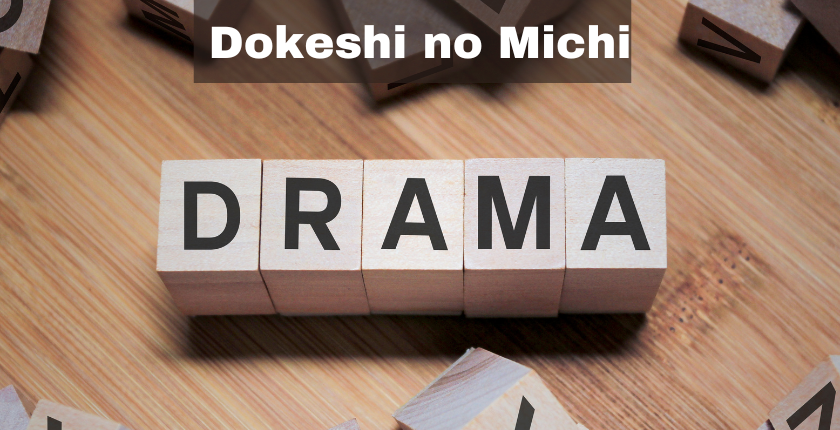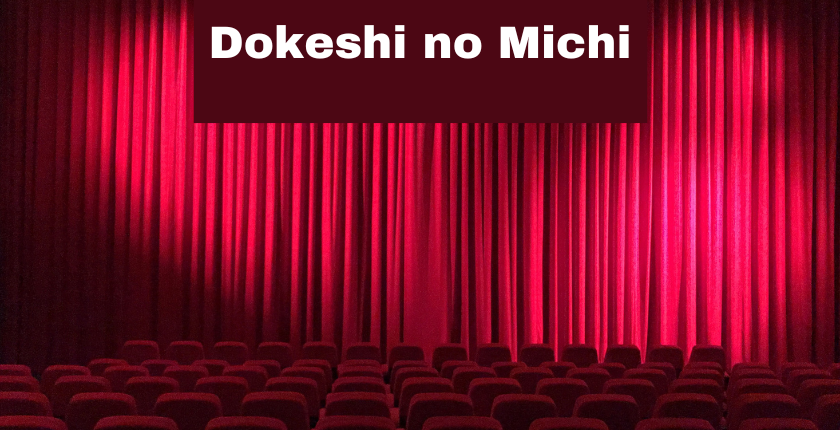Table of Contents
The Japanese phrase “Dokeshi no michi” contains rich cultural meaning that provides insight into the values and worldview of the Japanese people. By examining the roots and connotations of this phrase, we can better appreciate the role of the comic foil and the principles of honor, joy, and perseverance in Japanese society.
Breaking Down the Meaning of “Dokeshi no Michi”
“Dokeshi no michi” translates literally to “the way or path of the clown.” It is comprised of two key components:
Dokeshi
The word “dokeshi” refers to a clown figure in traditional Japanese theater and performance arts. Dokeshi often appear in brightly colored, exaggerated costumes and engage in physical, slapstick comedy routines. Their purpose is to entertain audiences and add elements of lighthearted fun to otherwise serious dramatic performances.
Some key attributes associated with the dokeshi archetype include:
- Comedic – Dokeshi rely on humor, jokes, and buffoonery.
- Unconventional – Their appearance and conduct is eccentric compared to social norms.
- Subversive – Dokeshi often mock authority figures and upend social hierarchies.
- Resilient – Despite hardships and failures, dokeshi perseveres.
Michi
“Michi” translates to “path” or “way.” In Japanese philosophy and religion, this refers to an ethical code or way of life. The term is used in martial arts (“do”), tea ceremony (“sado”), and other disciplines to signify mastery of an enlightened path.
The Paradox of the Clown’s Path
Taken together, “dokeshi no michi” seems paradoxical at first. How can the foolish antics of a clown represent an enlightened path or way of life?
In fact, this phrase contains a deeper cultural meaning. By embracing the role of the comedian, one can spread joy and persevere through adversity. The dokeshi lives with sincere passion, unbound by social pretense. This teaches us valuable lessons about honor, joy, and perseverance.
Read also: pablo escobar white house
The Significance of Dokeshi in Japanese Theater
To fully appreciate what “dokeshi no michi” represents, it helps to understand the evolution of the comic foil in Japanese dramatic arts.
Kyōgen
Dokeshi figures have their roots in “kyōgen” – comedic Noh theater that emerged in 14th century Japan. Performed between acts of the more somber Noh drama, kyōgen relied on stock characters in humorous scenarios to entertain audiences.
Early dokeshi-like characters included figures like:
- Tarō Kaja – a buffoon who boasts about his exploits
- Zenzai – a mischievous boy fond of desserts
- Aburaya – a sly merchant who tricks customers
These characters established key attributes of foolishness, playfulness, and sly subversion associated with later dokeshi.
Kabuki
When kabuki theater emerged in the 17th century, it incorporated dokeshi-esque characters. Unlike the solemnity of Noh, kabuki emphasized entertainment and spectacle.
Popular kabuki dokeshi-types included:
Onizume – cowardly villains
Waraiyakko – laughing vagrants
Okame – bumbling peasants
They demonstrated a wider range of comic roles in vibrant kabuki performances.
Significance of Dokeshi in Drama
Throughout Japanese dramatic history, dokeshi served important purposes:
- Comedic Relief – Comical dokeshi balanced serious plots.
- Connectivity – Their crudeness and folly allowed connection with common crowds.
- Cultural Commentary – By inverting social roles, they satirized class pretensions.
Dokeshi thus became more than shallow jokesters – they held deeper cultural meaning connected to entertainment, parody, perseverance, and vitality.

Principles of the Clown’s Path
Beyond entertainment, the dokeshi represents a philosophical approach to life’s hardships with humor and passion. “Dokeshi no michi” contains principles that remain culturally significant.
Bring Joy to Others
A core purpose of the dokeshi is to spread joy through comedy. Laughter connects people during times of stress. This reflects the Japanese cultural values of compassion and improving emotional well-being.
Dokeshi also teaches us not to take ourselves too seriously. By inspiring smiles and laughter, we can improve our outlook and relationships.
Subvert Social Hierarchies
The dokeshi often mocked figures of authority and high social standing in irreverent ways. This rejection of hierarchy reveals a cultural belief in puncturing pretentiousness and appreciating humanity in all people, regardless of social standing.
Dokeshi no Michi calls us to discard rigid social roles, respect each person’s dignity, and reconnect with shared principles of compassion.
Persevere with Passion
Despite their follies and failures, dokeshi continues to perform with passion and determination. This models the Japanese cultural emphasis on persistence, grit, and mindfulness.
By pursuing goals with joy and wholehearted effort, we can overcome obstacles that might otherwise seem daunting. This resilience allows one to achieve great things.
The dokeshi exemplifies persevering through the challenge with humor and authentic self-expression – core to the notion of dokeshi no Michi.
Dokeshi no Michi in Modern Culture
While originating in classical theater, the spirit of “dokeshi no michi” continues to influence Japanese culture today.
Comedic Storytelling
Modern Japanese comedy often centers on foolish underdogs and the juxtaposition of social outcasts with establishment tropes. Stories like Tora-san emphasize these dokeshi values.
Entertainment Media
Japanese pop culture includes the concept of “dokeshi” idols who embrace offbeat, comics personas. Figures like Ken Shimura personify the enduring appeal of the funny fool archetype.
Lifelong Learning
The idea that we should follow learning with passion and joy is embodied in the Japanese concept of “shugyō,” lifelong devotion to mastery. Dokeshi no michi inspires continuing education and spiritual development.
While taking different forms, we see that the dokeshi continues influencing Japanese culture by promoting the principles of honor, joy, perseverance, and compassion above social hierarchy.
Dokeshi no Michi as a Path to Fulfillment
More than just appreciating comedians, “dokeshi no michi” represents a cultural touchstone for finding meaning and fulfillment in a perplexing world. By embracing humor, authenticity, and passion, we can discover our purpose.
The wisdom of this path does not diminish the serious cultural values of enlightenment, self-cultivation, or loyalty in Japanese society. Rather, it complements them with a spirit of vitality and perseverance.
We honor figures like the dokeshi for offering timeless lessons about infusing our journey with joy. The clown’s path teaches us to approach hardship and success alike with good humor, compassion, and sincere effort.
This outlook allows us to build community, subvert pretense, and live with authenticity. For centuries, dokeshi no michi has served as a reminder that we all walk similar paths in this life. By supporting joy and perseverance in ourselves and others, we bring honor to the human journey.




